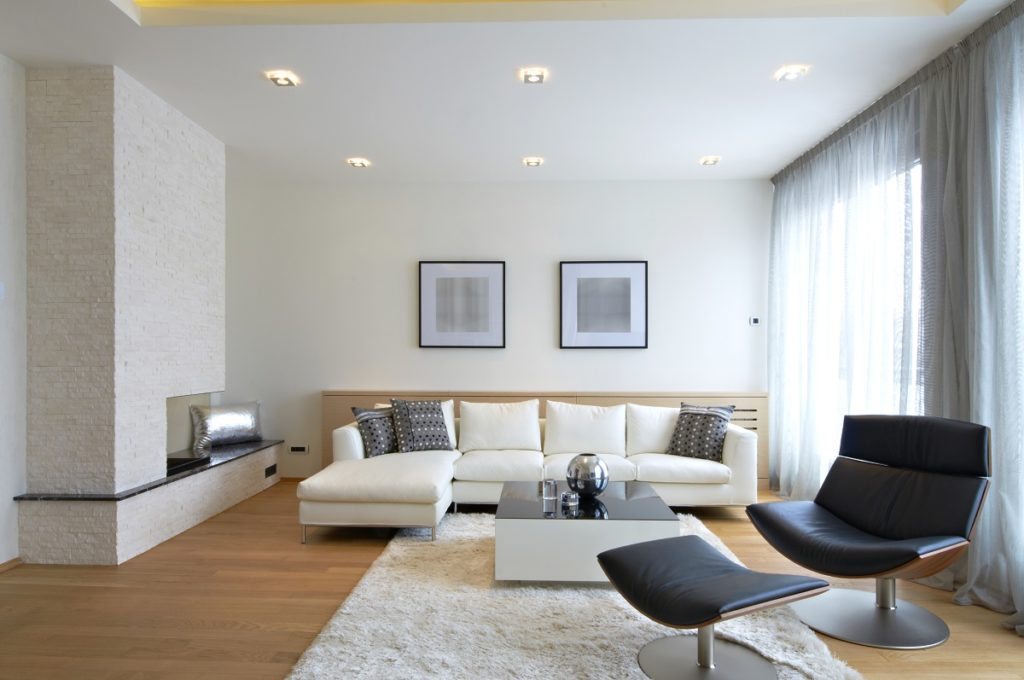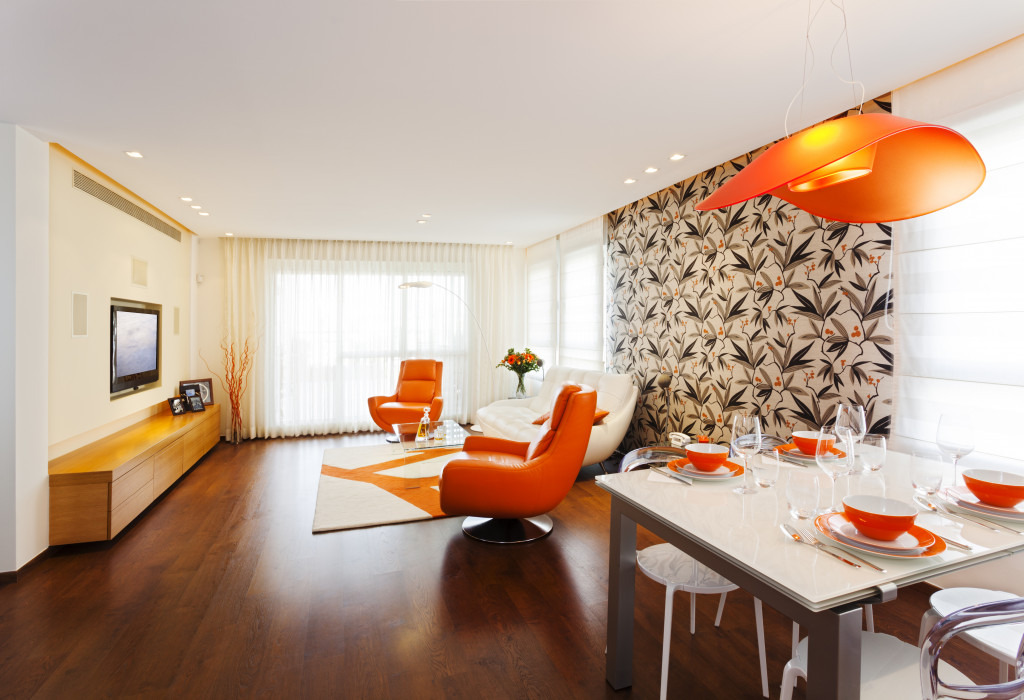Disclaimer: This website provides health information for educational purposes only and is not a substitute for professional medical advice, diagnosis, or treatment. Always seek the guidance of a qualified healthcare provider with any questions you may have.
If you have recently become a homeowner or are about to be one, congratulations! But a house is not a home. It only becomes a home when you put personal touches to it. If you are not artistic, it may be quite difficult for you to decorate your home well. You may need to hire a professional who specialises in home interior design. But whether your house is in Singapore or New York, you should learn the basics of interior design. This way, you understand your designer’s plans better and feel more confident approving their proposals for your house.
Here are the elements of interior design you should know:
1. Space
Space is what exists within the boundaries of the walls of your apartment or house. As a homeowner, you need to understand that your designer will be decorating your home in three dimensions. That means you have to factor in the length, width and height of the house. Don’t just think about the floor space but the space along the walls, as well.
Space can either be positive space or negative space. Positive space is a space where you will place objects, including furniture pieces. Negative space will remain free of things. You need this space for ease of movement.
2. Form
Forms refer to any object within your space that has depth or three-dimensional. Some forms are organic, which means they are based on things found in nature. Other forms are geometric. These forms tend to be man-made and follow the geometric shapes that you know. Also, they usually have hard lines and defined edges.
When decorating your room, you need to think about the form of the objects that you own and how they fit within the space that you have. For example, if you need to take advantage of a sharp corner on one end of the room, it makes more sense to use furniture with a triangular edge that will fill up space in that corner. A curved piece of furniture would probably not fit and would waste much-needed space.
3. Line
From vertical and horizontal to diagonal and curved, there are lines everywhere in any home. But you can also create the impression of lines. That helps to increase visual interest in any space. But you must balance them out to ensure your décor looks attractive. For example, a square rug can help bring in horizontal lines. A staircase can bring in curved or diagonal lines depending on the design. Your doors and windows can help bring in vertical lines.
4. Colour

Different colours will set different moods in a home. Your interior designer can make your house appear bigger or smaller depending on the colours they choose. So you need to understand the colours and how they play against each other. Also, remember, the activities that you want to do in a given room can dictate the colours that you should use.
5. Light
Light is a critical element of interior design. Without it, other elements don’t make any sense since you will not see them. Lighting is either natural, which means it is from the sun, or artificial such as light fixtures. In addition to highlighting other elements in a space, light can determine ambience. So you need to think about how to get natural light into your home. You also need to think about how to increase visibility by incorporating items such as table lamps and sconces.
The more you understand the basics of interior design, the easier it will be to settle on what works for your home. But there’s a reason interior designers are experts in their field, so be sure to acknowledge and trust their plans and ideas.




